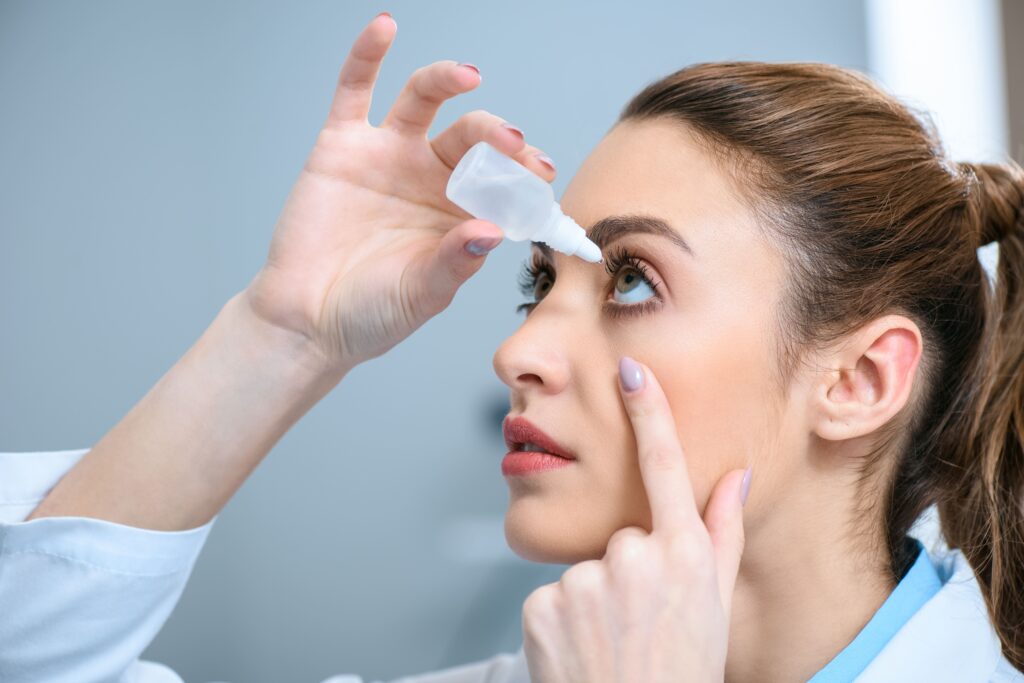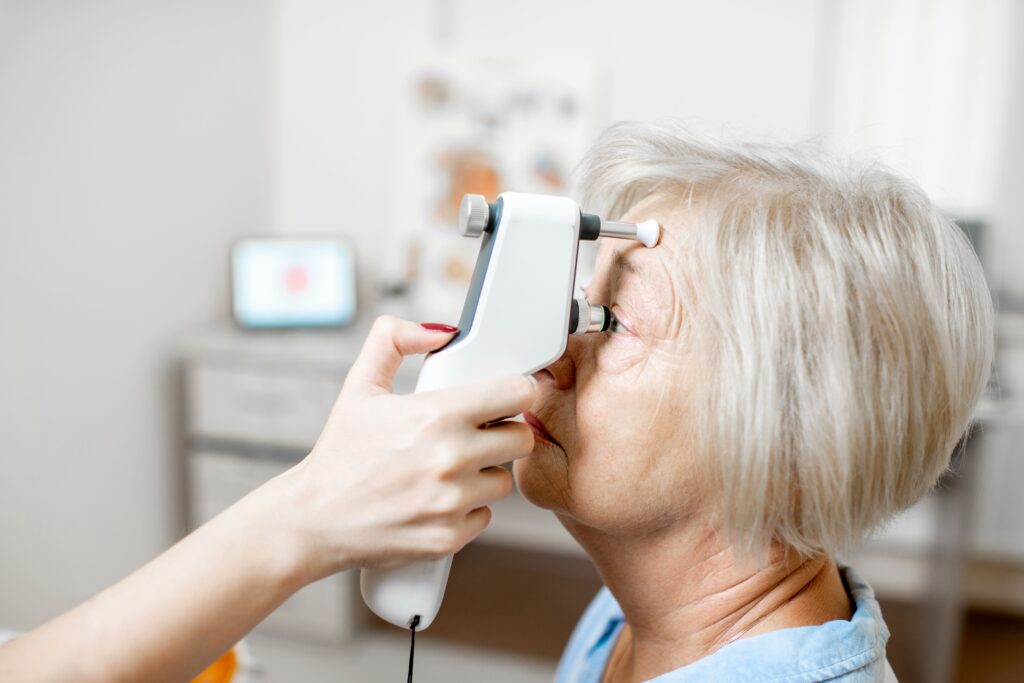As the eye’s transparent outer layer, the cornea plays an essential role in optical function. However, like any part of the body, it can be affected (and damaged) by endless factors throughout life, later manifesting a serious condition. Understanding these four common conditions and proper cornea care may help preserve lifelong vision if you or someone you know is a cornea patient.
1. Fuch’s Dystrophy
Fuch’s dystrophy is an eye condition that develops when cells in the cornea called the endothelium progressively die off. These cells serve as a fluid resource in balancing the hydration levels in the eye while keeping vision clear. When the endothelial tissues break down, fluids enter the stroma and up inside the cornea, thickening the corneal stroma and giving the eye a cloudy or hazy appearance.
The first sign of Fuch’s dystrophy is blurred vision in the morning, and eye pain and poor vision worsen over time. Medicated eye drops can help treat the condition in its early stages. Still, partial cornea care transplants replace the damaged endothelium when necessary, like Descemet’s stripping automated endothelial keratoplasty (DSEK) or Descemet membrane endothelial keratoplasty (DMEK).
In both cornea care procedures, your cornea surgeon replaces the affected inner corneal tissue with donor tissue, holding it together with a gas bubble. The two approaches differ because DSEK extracts the endothelium, Descemet’s membrane, and a small portion of your cornea, while DMEK only takes the endothelium and Descemet’s membrane.
Regarding recovery times, DSEK and DMEK are shorter than a full corneal transplant.
2. Keratitis
Keratitis is an inflammation of your cornea. Viruses, bacteria, and other fungal infections can cause keratitis, but other factors like foreign objects, injury, and contact lens overuse can inflame the cornea.
Keratitis may cause blurred vision, eye redness, irritation, eye pain, and light sensitivity. Antibiotic or antifungal eye drops can help treat early cases of keratitis—but the cornea care experts and Lake Eye Associates may recommend a corneal transplant if your symptoms worsen or stay the same.
Full thickness corneal transplants replace the entire cornea with a new cornea by sewing it in place. The recovery time can take up to a year.

3. Keratoconus
Keratoconus is a form of corneal ectasia that outwardly pushes the cornea into a bulging cone shape, thinning and deteriorating over time. While the cause is currently unknown, some cornea surgeons point to genetic, hormonal, and environmental (allergy) reasons. Early keratoconus vision problems can potentially be corrected with an eyeglass or contact prescription, though it generally leads to more severe symptoms that need further medical attention.
Symptoms tend to present themselves during puberty or in the late teenage years. These include blurred or cloudy vision, double vision, redness, glare, irritation, and light sensitivity. Eventually, it can cause cornea swelling and scar tissue, exacerbating poor vision. In some instances, even wearing traditional contact lenses can feel uncomfortable.
In terms of cornea care, keratoconus can be treated with a corneal transplant, otherwise known as keratoplasty. This surgical procedure will replace the damaged cornea with a clear, healthy lens.
4. Corneal Abrasion
Corneal abrasion refers to a scratch or injury to the cornea, often caused by accidental trauma or foreign objects penetrating the eye (think fingernails, sand, glass, rocks, etc.).
Symptoms include eye pain, redness, tearing, and sensitivity to light—sometimes leading to an infection. Though small cornea abrasions tend to heal quickly within a few days and only require eye drops, larger abrasions can occur, demanding help from professional cornea surgeons. In unique cases, a temporary patch or contact lens may be administered to protect the cornea and alleviate discomfort.
How the Lake Eye Cornea Surgeons Can Help
The cornea is the gateway to clear vision. Naturally, recognizing common cornea conditions and effective treatments can lower your chances of cornea complications by preventing problems before they evolve.
At Lake Eye Associates, we will monitor and help you maintain the health of the five separate layers of the cornea: the epithelium, Bowman’s layer, corneal stroma, Descemet membrane, and endothelium. Concentrated and specialized cornea care treatment plans may vary depending on the progression stage and rate of your corneal disease. Sometimes, it requires a new eyeglass or contact lens prescription. Other times, a corneal transplant, endothelial keratoplasty (DSEK), or Descemet membrane endothelial keratoplasty (DMEK) may be needed.
Choose the clear choice for cornea care. Book an appointment with the cornea surgeons at Lake Eye Associates.
**The information provided in this blog on cornea care is intended for general informational purposes only. It is not intended as a substitute for professional medical advice, diagnosis, or treatment. Always seek the advice of your physician or other qualified health provider with any questions you may have regarding your medical condition.**

